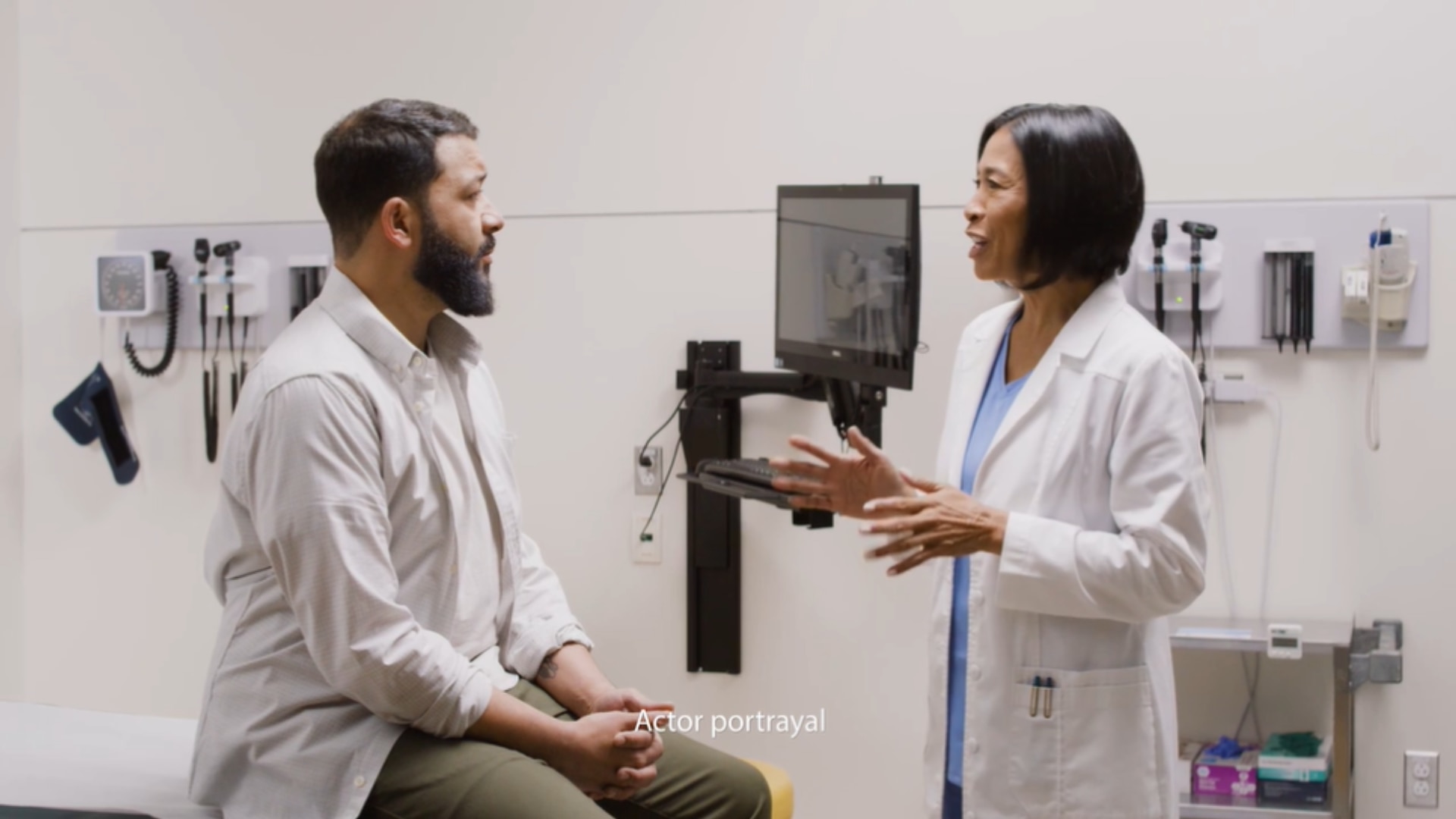- Hernia Surgical Mesh Implants. U.S Food and Drug Administration. February 4, 2018. https://www.fda.gov/medical-devices/implants-and-prosthetics/hernia-surgical-mesh-implants
This site is not intended as a substitute for professional medical care. Only your physician can diagnose and appropriately treat your symptoms. BD does not recommend the use of any particular physician or team of physicians. As with any surgery, hernia repair surgery carries certain risks. Talk to your doctor about possible complications of the surgery, as well as side effects. Please consult your healthcare provider for advice regarding who should be part of your hernia repair team.








